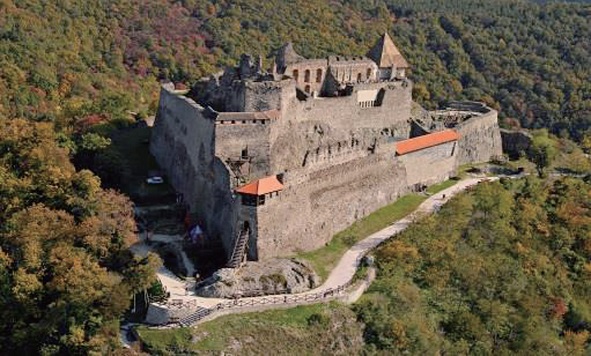匈牙利 – 景色醉人 投資商機佳
匈牙利 – 景色醉人 投資商機佳
Hungary, a country of unique beauty and excellent investment opportunities in the heart of Europe
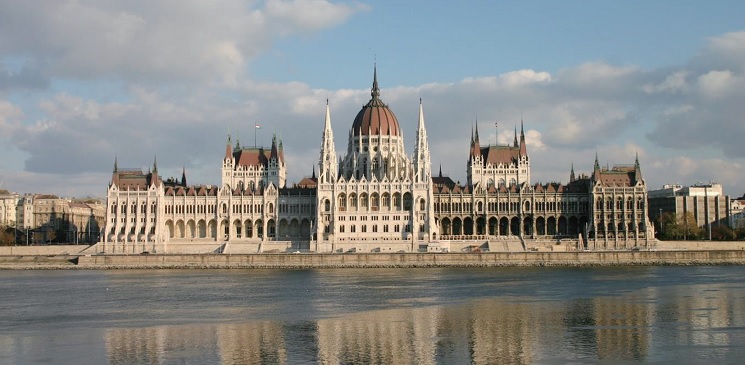
Hungary is a country of unique beauty in the heart of Europe, which offers its guests and business partners amazing hospitality, miraculous thermal waters and spas, a vivid cultural environment, and the culinary pleasures ensured by the world famous Hungarian cuisine and an extensive selection of wines. The country also has excellent conditions to offer for knowledge-based developments; it is among the world leaders in terms of Nobel Prize winners per capita, with well-trained labour force, graduates fluent in various languages, and an advanced IT and software base.
| Quick facts about the country: | |
| Area: | 93.030 sq km |
| Population: | 9.906 million |
| Capital: | Budapest |
| Time zone: | GMT+ 1 hour |
| Location: | Central Eastern Europe |
| Population density: | 107.3 capita/sq km |
| Official language: | Hungarian |
| Most frequently used foreign languages: | English, German |
| Religion: | Roman Catholic, Calvinist, Lutheran, Israelite, other |
| Currency: | Hungarian forint, Ft, HUF |
| Government type: | Republic |
| Parliamentary system: | one chamber |
| Election system: | one round, mixed (lists and individual) elections |
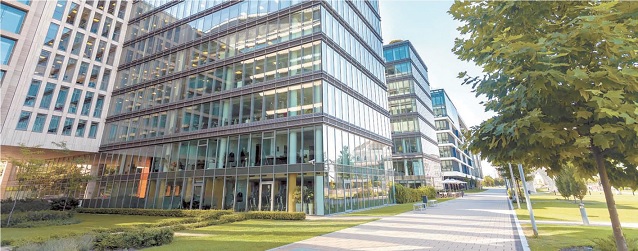
Economic Situation and Foreign Investments
The improvement in the macroeconomic environment has led to a decrease in state debt, the budget deficit is now below three percent, and economic growth has clearly got under way; this is certainly a positive change. As an open economy, Hungary devotes particular effort to encouraging investment, and to improving the investment environment. This is consistent with numerous measures by the Hungarian government to create a business friendly environment. Here it’s worth mentioning the new Labour Code, and the Job Protection Action Plan gives companies an incentive to retain existing jobs. The new act on vocational training places considerable emphasis on the balance between theoretical and practical training, while it’s also important to highlight the reduction in corporate tax rates: the 10% corporate income tax plus 19% dividend tax are among the most favourable in the region. Also, the strategic partnership agreements concluded by the government with large corporations that are active in Hungary could give added momentum to investments going forward.
| Quick facts about the economy: | |
| EU-membership: | since 2004 |
| GDP growth 2013: | +1.1% |
| Export growth (2010/2011): | +10.2% |
| Industrial production growth (2010/2011): | +5.4% |
| Average gross wage: | € 735 (2013)* Unemployment rate (2013): 9.1% |
| Inflation rate (2013): | 1.7% (*Exchange rate: 1 €= 294 HUF (2013 Q 1) |

Hungary has several advantages in the region: It’s central location makes it a favourite destination for foreign investors who intend to expand their operations in Central and Eastern Europe. The country’s telecommunications, transport and logistics infrastructure, and the quality of education and life have attracted large amounts of foreign investment to Hungary in recent years. The capital, Budapest, is the center of the country’s economic activity; however, the main cities are also gaining an increasing role. The country’s favorable geographical location places it at the crossroads of main commercial routes. From Hungary, a market of some 250 million people can be reached within 600 miles (about 1,000 kilometers). The EU accession in 2004 brought both commercial and regulatory advantages. Becoming an EU Member State brought a free trade system, the free movement of goods, services and labour, as well as capital. In addition to all these advantages, another one of Hungary’s strengths is its well-qualified labour force. Due to the high standards of its education system, the country has a highly skilled and talented workforce, particularly in the engineering, IT, pharmaceutical, economics, mathematics, physics and professional services sectors with professional foreign language skills and relatively low wage requirements.
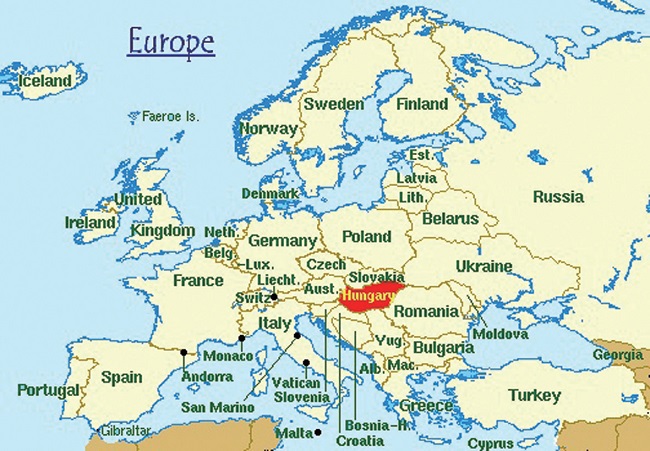
Key reasons to invest in Hungary
• Ideal geographical position in the centre of Europe for manufacturing, services and logistics
• Excellent infrastructure, ready-made industrial sites, offices and science parks
• Good balance of labour costs and quality
• Governmental incentives (cash subsidy, tax allowance)
• Investment friendly economic policy
• Competitive tax system

Visit Hungary
Hungary has a language and culture completely different from its neighbours in Central Eastern Europe and many unique sights and attractions. It can be said that Hungary is a land of great contrasts:
Although Hungary is a landlocked country, it is a land of waters, featuring the largest lake in Europe, and crisscrossed by mighty rivers which divide and define its regions. Even the capital city Budapest can be divided into Buda on one side of the Danube River and Pest on the other.
In addition, Hungary has more than a thousand thermal water springs, and bathing in these waters for relaxation or as part of medical treatments, is an important part of the Hungarian Lifestyle.
Hungary’s location in the low-lying areas of the Carpathian Basin gives it a landscape of rolling hills mostly and plains, including one of the largest uninterrupted grasslands in Europe. Underground, Hungary also has wonders to show you; the same forces that created its thermal springs, also carved out hundreds of kilometres of limestone caves, some of which are open to the public as part of organised tours.
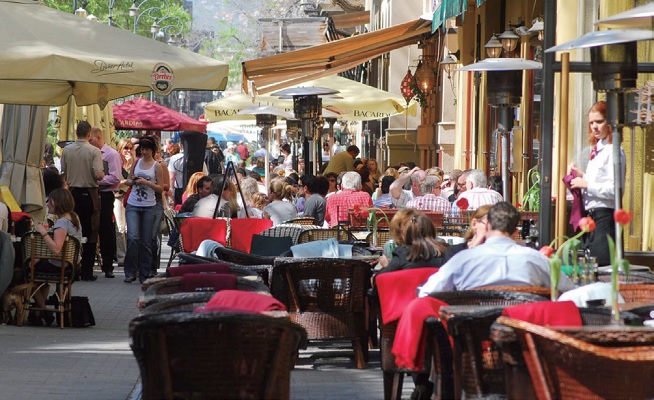
The culture of the Hungarian people shows great variety too. Strong traditions and regional specialities have built up in all aspects of life from food to music and dance, from clothing to decor. These traditional values have been maintained through the ages, though of course the modern world also has an influence. The larger cities and particularly the capital, are powerhouses of groundbreaking innovation, contemporary art and modern music. When MUPA, the Palace of Arts, Budapest and Hungary's new cultural hub, opened in 2005, it was built to represent more than a hundred years of Hungarian cultural history. As a conglomeration of cultural venues, the building has no precedent in 20th century Hungarian architecture and has no peers in the whole of Central Europe.
Hungary is so exotic, it is closer to the rest of Europe than you might think! Most international flights come to Budapest Liszt Ferenc Airport, which is served by via conventional and budget airlines. The capital also has numerous rail connections, and is just 3 hours drive from Vienna and can even be visited as part of a Danube river cruise. Part of the European Union since 2004, no special visas are required for those arriving from within Europe. It has never been easier to experience the Hungarians’ love for life!
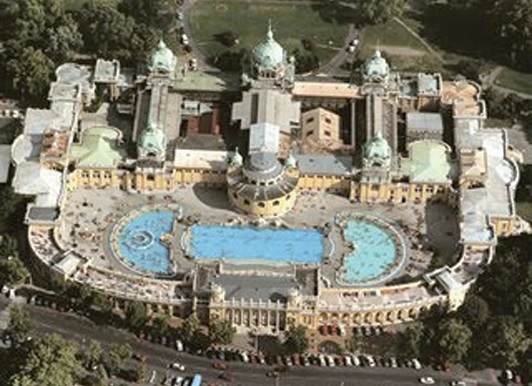

Culture
Hungary has a culture like no other. Its very distinct language is unrelated to that of any the surrounding countries, a fact which has helped Hungary’s culture retain a distinct flavour all of its own, despite the country’s relatively small size. Its rich and diverse folk heritage can be seen at informative museums and well-preserved architectural treasures, many of which have world heritage status. However, this is a culture kept very much alive in the traditions, music and dance forms still maintained today across the nation. Hungary does not live in the past, and it is worth noting the wealth of cultural attractions, both classical and contemporary that are on offer here.
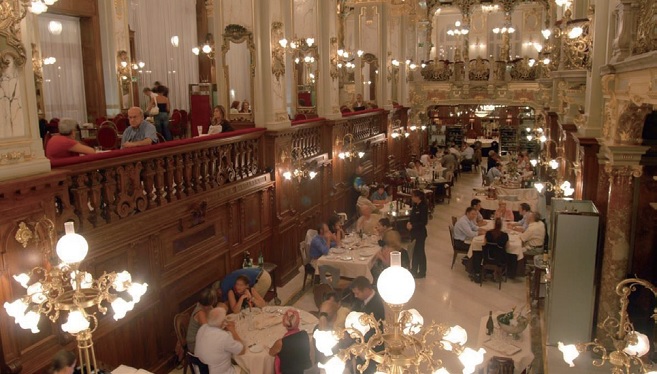

Gastronomy
On any visit to Hungary, the rich food and drink will definitely make an impression. While traditional goulash soup with Paprika is the most famous dish, there are a huge range of other delights waiting to be discovered. Modern restaurants developing new recipes and variants of traditional dishes are also appearing as the heavy traditional cuisine constantly evolves. Excellent local wines accompany most meals, and in the wine producing areas around Lake Balaton and in the northern towns of Eger and Tokaj, you can look forward to tasting some world-class vintages. You will doubtless be invited to drink a small aperitif of strong Hungarian Pálinka before meals. Hungarian cakes and desserts are exquisite and make a great accompaniment to a cup of coffee in a fancy coffee shop, or the perfectly end to a wonderful meal to remember!
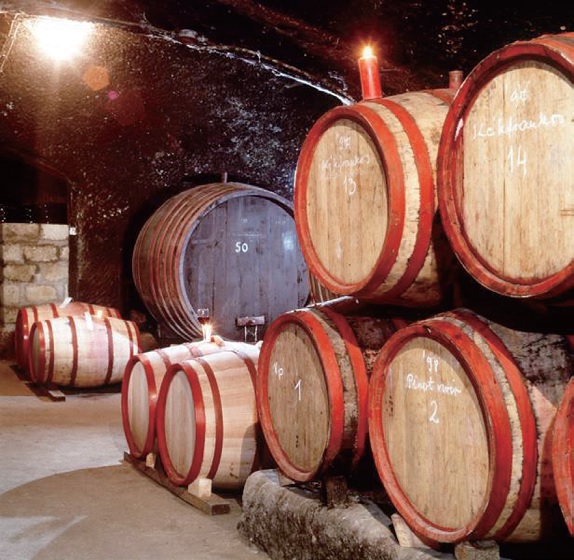
Famous Hungarians
Despite its size Hungary has made quite a mark on the world; celebrities such as Tony Curtis, Bela Lugosi and Andy Vajna all have Hungarian roots, and famous composers (the mega-stars of their times) such as Béla Bártok, Zoltán Kodály and Franz Liszt were all from Hungary. There are also a multitude of everyday items that you probably didn’t know were invented or discovered by Hungarians - Ernő Rubik and László Bíró gave their names to famous objects and Joseph Pulitzer was Hungarian too. On the subject of prizes let’s not forget Nobel prizewinners such as Albért Szent Györgyi (discovered Vitamin C) and Gábor Dénes (the father of holography) amongst many others. At the Olympic, there are certain events where Hungary often takes a disproportionately large number of medals, such as Kayaking/canoeing, swimming and water polo, Hungary is often tops in fencing too, and the 7-time gold medallist Aladar Gerevich was perhaps the best fencer of all time.

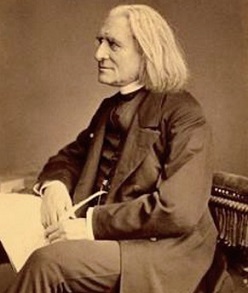

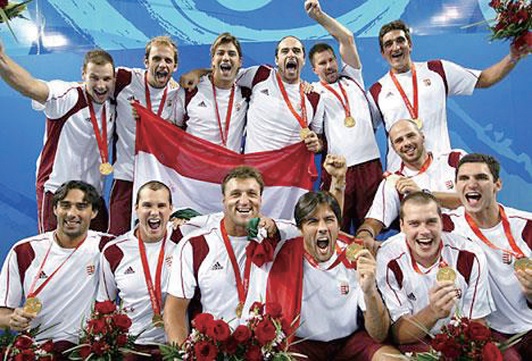
Tourism
There is so much to see in Hungary, it could fill a multitude of visits. Some of the most visited destinations are:
Budapest, the capital and largest city by far, is alive day and night with cultural attractions, sights and a vivid lifestyle to compete with many other far larger European cities.
Balaton, the largest lake in Hungary is only 100kms from Budapest, and many Budapesters have summer houses there.
Eger is known for the fighting spirit of the people in a famous siege, it’s “Bull’s Blood” red wine and blessed with nearby thermal Salt Hills.
Szeged, on the banks of the Tisza, Hungary’s second major river, is famous for some of the country’s best food products, such as hot paprika and spicy fish soup.
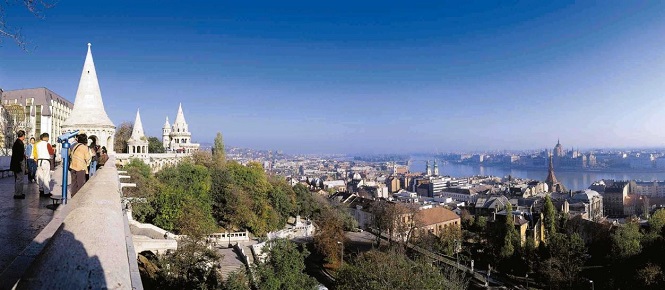
Hévíz is a unique thermal lake, where people come to enjoy the warm waters for relaxation or medicinal purposes, even in winter, as the water temperature never drops below 23 degrees C.
Pécs, home to the oldest university in Hungary, dating back to AD1367, and still bearing marks of the Turkish occupation, is a fascinating place to visit.
The Great Plains - The Great Plains, known as the Alföld or Puszta in Hungarian, is an extensive flat area used for pastoral agriculture, where time seems to stand still, and the distinctive Hungarian grey cattle roam slowly across the timeless landscape.
